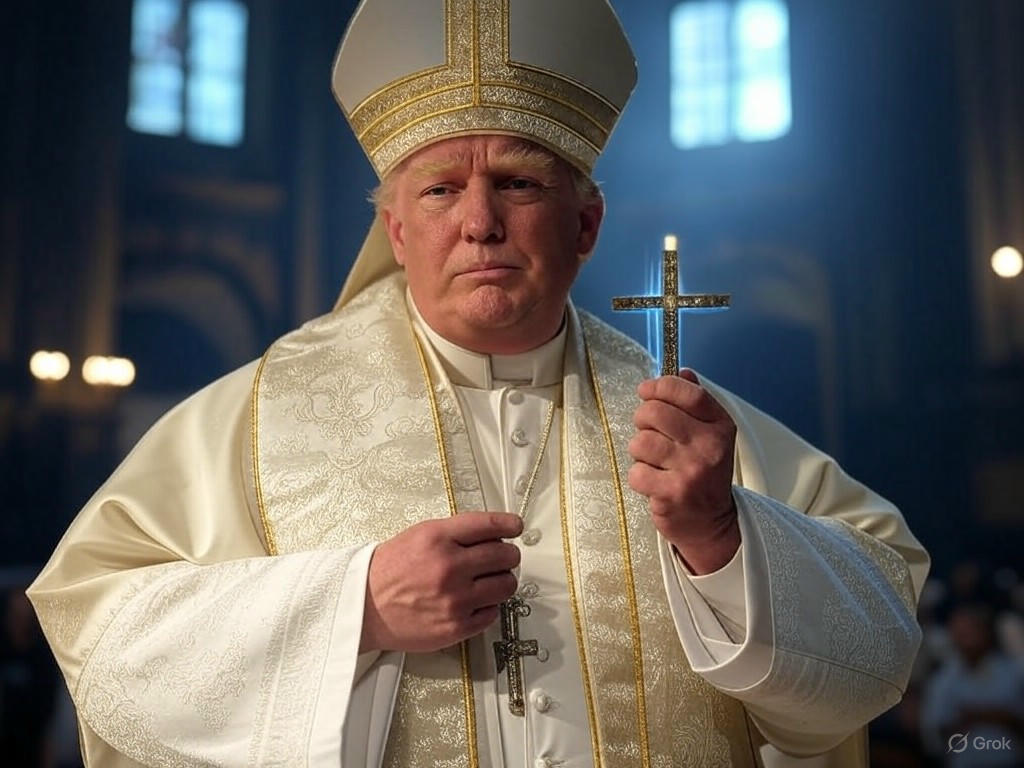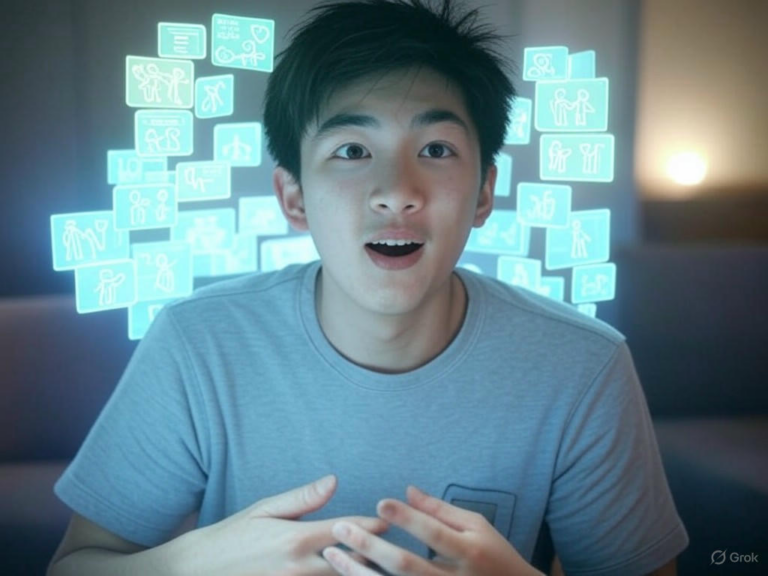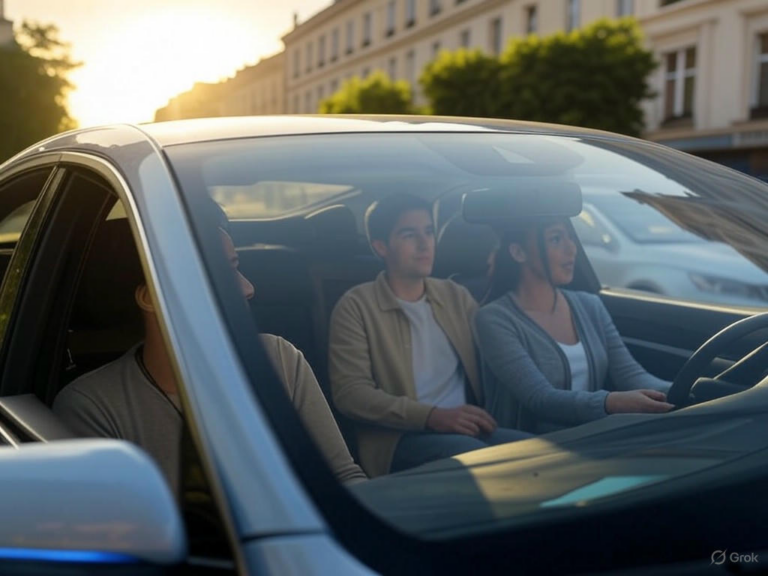
Trump Defends Viral AI Pope Image for Fun
The Trump AI Pope Image Sparks Widespread Debate
Picture this: a simple AI-generated image takes the internet by storm, blending politics, technology, and religion into one unexpected mix. On Monday, May 5, 2025, President Donald Trump addressed the buzz around an AI-created depiction of himself in papal robes, claiming he knew nothing about its origins. This Trump AI Pope Image, showing him in white and gold attire with a cross necklace and a pointed finger, quickly went viral, drawing both laughs and outrage as the world grappled with its implications.
Trump told reporters, “I have no idea where it came from. Maybe it was AI,” while noting that his wife, First Lady Melania Trump, found it “cute” and that many Catholics seemed to enjoy it. But timing is everything—what made this Trump AI Pope Image even more contentious was its appearance just days after Pope Francis’s funeral and right before the papal conclave on May 7. As cardinals prepared to gather in Vatican City, this digital twist added an extra layer of sensitivity to an already somber period.
Have you ever wondered how a single online post can ignite global conversations? This incident shows just how fast digital content can spread, forcing us to think about the fine line between humor and disrespect in today’s connected world.
Trump Claims No Knowledge of the Trump AI Pope Image on Official Accounts
The Trump AI Pope Image first popped up on his Truth Social account over the weekend, then made its way to the White House’s X and Instagram pages without any explanation. Despite the president’s insistence that he only saw it the night before his comments, the image racked up over 100,000 likes, proving its viral appeal. Critics pointed out that sharing such content from official channels blurred the lines between personal fun and governmental communication.
This isn’t Trump’s first foray into AI territory; earlier in the year, he posted a similar AI video imagining Gaza as a luxurious paradise, featuring figures like Benjamin Netanyahu and Elon Musk. As someone who’s followed political media closely, I can’t help but see a pattern here—AI is becoming a tool for creative expression, but it’s also raising questions about authenticity and intent. What do you think: Is this just clever marketing, or does it cross a line?
The image’s spread highlighted how social media amplifies messages, turning a lighthearted post into a full-blown debate. With the papal conclave looming, many viewed it as poorly timed, yet others defended it as harmless satire.
Reactions from the White House and Beyond
Diving deeper, the Trump AI Pope Image controversy extended to key figures in his administration. Vice President JD Vance, a Catholic himself, brushed off the backlash by calling it “just a joke.” He responded to critics on X, emphasizing that he prefers humor over more serious conflicts, like unnecessary wars. Vance’s perspective adds an interesting layer, reminding us that personal beliefs can influence how we interpret digital content.
Meanwhile, Senator Lindsey Graham jumped in with his own twist, playfully supporting the idea of Trump as pope and poking fun at potential resistance. These responses show how political allies often rally around such moments, turning potential crises into opportunities for unity or deflection.
White House Social Media’s Role in the Trump AI Pope Image Uproar
It’s fascinating how social media has evolved into a battleground for ideas, and the Trump AI Pope Image is a prime example. The image’s quick repost to official White House accounts, including X, amplified its reach far beyond Trump’s personal platform. Reports from outlets like CBS Boston noted the post’s massive engagement, with users sharing it widely despite the criticism.
This event underscores a broader trend: AI-generated content is no longer niche—it’s mainstream and influential. For instance, imagine a world where anyone can create realistic images with a few clicks; that’s the reality we’re facing. In this case, the Trump AI Pope Image didn’t just entertain—it challenged us to question what’s real and what’s manipulated.
From my perspective, this highlights the need for better digital literacy. How can we, as users, spot AI creations before they shape our opinions? It’s a skill worth developing, especially in politics where misinformation spreads like wildfire.
Catholic Responses and the Backlash
Not everyone was laughing. The New York State Catholic Conference was quick to condemn the Trump AI Pope Image, calling it “nothing clever or funny” amid the mourning for Pope Francis. Social media comments echoed this sentiment, with users labeling it “disrespectful” and “offensive,” especially as the church geared up for the conclave.
Bishop Barron of Word On Fire Ministries also weighed in, though his exact words weren’t widely detailed. These reactions remind us that humor can backfire when it touches on deeply held beliefs. If you’ve ever shared something online that landed the wrong way, you know how quickly things can escalate.
Context: Trump’s Earlier Comments and Melania’s Influence
Leading up to the Trump AI Pope Image, the president had already joked about wanting to be pope himself during a press event on April 29. He quipped that he’d pick it over other candidates and even suggested Cardinal Timothy Dolan as a strong contender, noting the historic barrier for American cardinals. These remarks set the stage for the image, making it feel like an extension of his playful persona.
First Lady Melania Trump, with her Catholic background, added another angle. As the second Catholic first lady after Jackie Kennedy, she attended Pope Francis’s funeral on her birthday, describing it as a profound honor. A source close to the family shared that Melania respects diverse opinions and focuses on shared values like child welfare, which might explain her lighthearted take on the image.
This blend of personal faith and public life raises an important question: Can political figures balance humor with sensitivity? In Melania’s case, her private religiosity seems to influence how she navigates these situations.
The Vatican’s Silence and AI’s Growing Impact
As the controversy grew, the Vatican chose not to comment on the Trump AI Pope Image, focusing instead on the upcoming conclave. This silence speaks volumes, emphasizing the church’s priority on tradition during such a pivotal time. Meanwhile, the incident has sparked wider discussions about AI’s role in society.
AI-generated content like this one is becoming more common, and it’s changing how we engage with politics. For example, a recent tech trends report highlights how AI tools are making it easier to create convincing visuals, which can mislead or entertain in equal measure. This Trump AI Pope Image serves as a case study, showing how quickly such content can influence public discourse.
Think about it: What if AI images start shaping elections or international relations? It’s a scenario that’s already unfolding, urging us to demand more transparency from platforms and creators.
Broader Implications for Political Discourse
The Trump AI Pope Image isn’t just a one-off; it’s a symptom of larger shifts in how we communicate. Throughout his time in office, Trump has used social media to connect directly with people, often stirring debates like this. The rapid spread of the image across platforms illustrates the challenges of distinguishing official statements from casual posts in an AI-driven era.
To navigate this, experts suggest strategies like fact-checking tools and media literacy education. If you’re active online, consider verifying sources before sharing—it’s a simple step that can make a big difference.
Wrapping Up: Lessons from the Trump AI Pope Image Controversy
As the papal conclave begins on May 7, the Trump AI Pope Image continues to echo in conversations about respect, humor, and technology. While the administration sees it as innocent fun, critics argue it mocks sacred traditions, highlighting the tension between political expression and cultural sensitivity. Strong>Trump AI Pope Image has become more than a meme—it’s a prompt for reflection on how AI is reshaping our world.
In the end, this episode reminds us to approach digital content with a critical eye. What are your thoughts on balancing free speech with respect in the age of AI? I’d love to hear your insights in the comments below—share this post if it got you thinking, and check out our other articles on tech and politics for more.
References
- PEOPLE. “Trump Knows Nothing About How AI Pope Photo Got Posted.” people.com/trump-knows-nothing-about-how-ai-pope-photo-got-posted-11728581
- YouTube Video. “Related Discussion.” youtube.com/watch?v=qbUKLoiBN0Q
- Politico. “Vance Defends AI Pope Trump.” politico.com/news/2025/05/03/vance-ai-pope-trump-00325197
- YouTube Video. “Vatican Response Insights.” youtube.com/watch?v=nXykQleO3jM
- Sky News. “Trump Posts AI Image of Himself as Pope.” news.sky.com/story/trump-posts-ai-image-of-himself-as-pope-on-truth-social-13360403
- Tech Trends Report. “AI in Media.” media.rbcdn.ru/media/reports/Tech_Trends_Report.pdf
Trump AI Pope Image, Donald Trump papal image, White House AI controversy, Trump Truth Social pope, papal conclave 2025, AI-generated political content, Trump social media humor, Catholic Church response, Vice President Vance defense, digital misinformation trends







